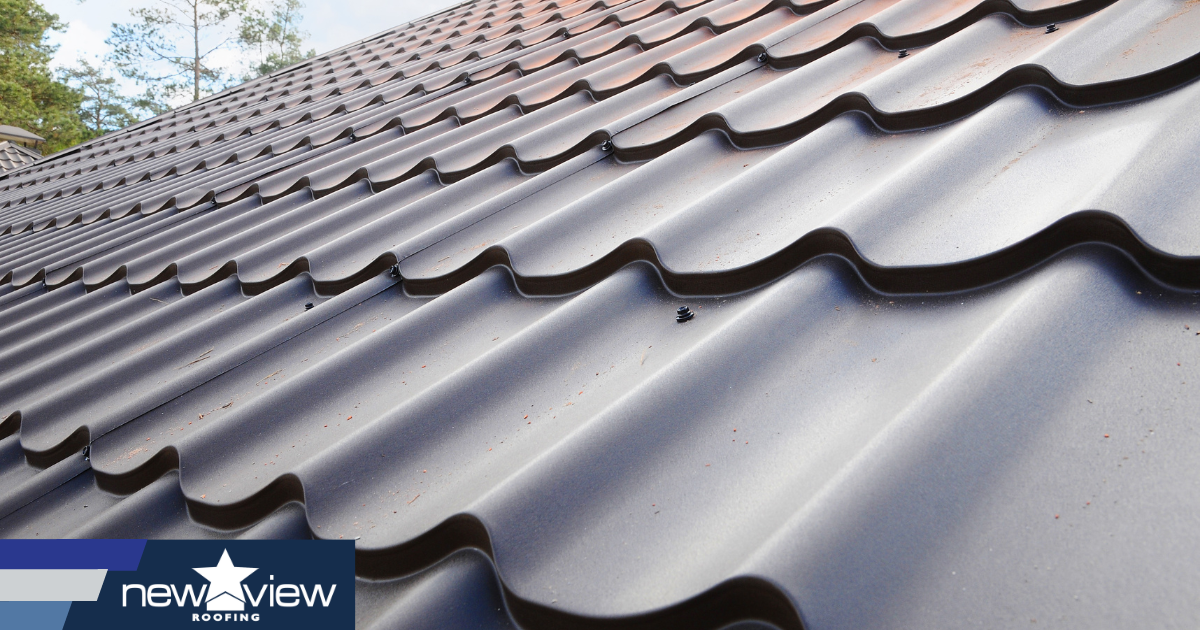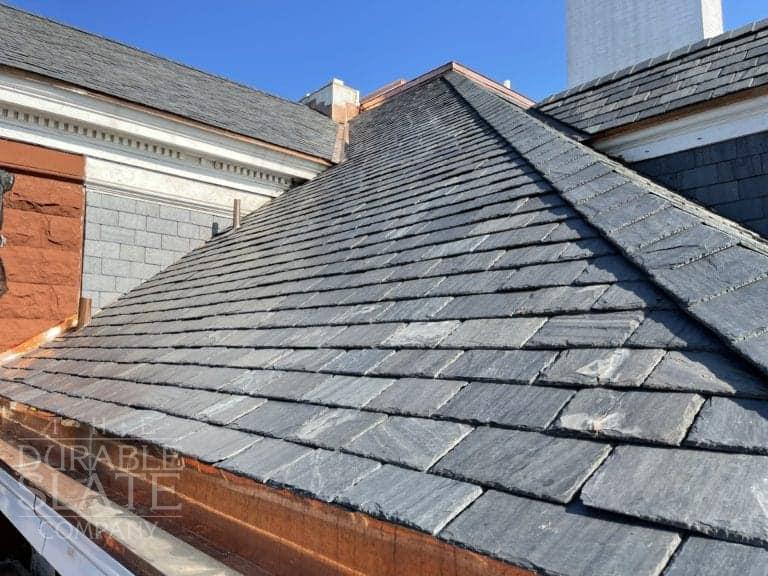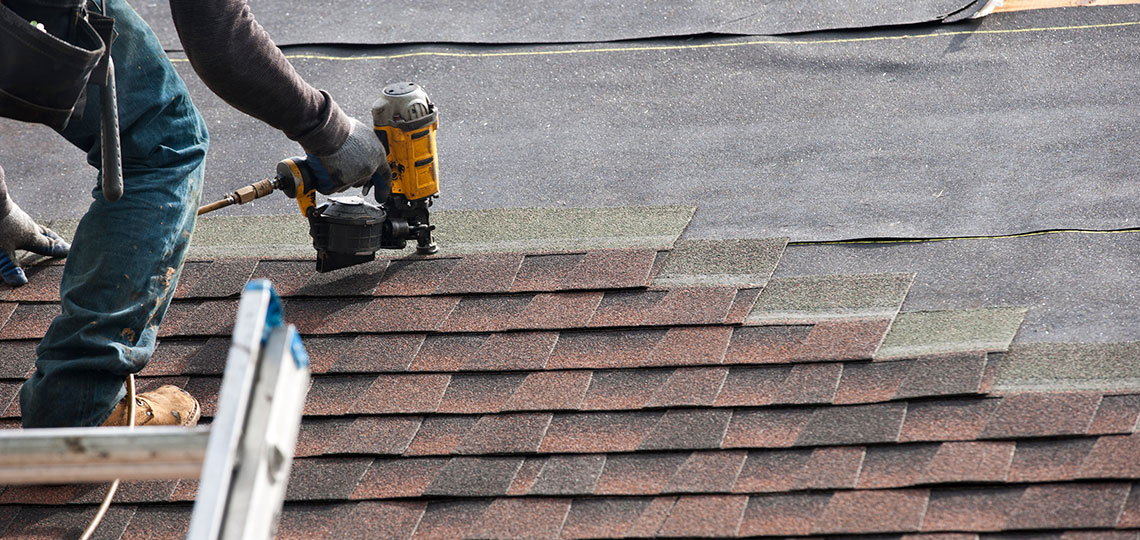Reviewing the Providers Offered by Roofing Companies in Gainesville Florida
Reviewing the Providers Offered by Roofing Companies in Gainesville Florida
Blog Article
Finest Practices for Ensuring Appropriate Roof Covering Ventilation
Making sure proper roofing ventilation is critical for the durability and performance of a roofing system. A balanced intake and exhaust air vent ratio, generally 1:300, plays an essential duty, with consumption vents preferably positioned at the reduced edge of the roof covering for great air entrance and exhaust vents at the top for cozy air exit. Regular examinations to determine blockages and maintain clear air movement are paramount. Keeping insulation away from vents is important to stop air movement limitation. Understanding these foundational aspects establishes the phase for even more thorough understandings into setup and maintenance practices that can considerably boost your roof covering system's efficiency.
Understand Air Flow Fundamentals
Appropriately understanding air flow essentials is important for guaranteeing the longevity and efficiency of roof systems. Effective ventilation minimizes dampness build-up and temperature extremes in the attic room, both of which can lead to significant architectural damages gradually. A well-ventilated roofing helps in protecting against common problems such as mold and mildew growth, timber rot, and ice dams, which can endanger the integrity of the roof covering products and the underlying frameworks.
The key objective of ventilation is to promote the motion of air, permitting a consistent exchange in between the outdoor and interior settings. This balance is attained through a mix of consumption and exhaust vents that interact to preserve optimum airflow. Intake vents, typically situated along the soffits or eaves, enable fresh air to enter the attic space, while exhaust vents, typically situated at or near the roofing system ridge, make it possible for warm, humid air to run away.
Trick elements influencing the performance of roofing ventilation consist of appropriate positioning, sufficient sizing, and making certain that both intake and exhaust vents are unobstructed. Routine examination and upkeep are essential to determine potential obstructions, damages, or inadequacies in the ventilation system, consequently safeguarding the roofing system's performance and toughness.
Sorts Of Roof Covering Vents
Roof vents play an essential duty in keeping efficient attic ventilation and, by expansion, the general health of the roof system. Various types of roof vents are available, each with one-of-a-kind benefits customized to certain roof demands.

Soffit vents are mounted under the eaves and operate in tandem with roof covering vents to make sure a well balanced intake and exhaust system. By allowing cooler air to go into from below, soffit vents help with the expulsion of warm air with upper vents. Gable vents, situated on the exterior walls of the attic room, offer one more reliable service, specifically in homes with gable roof coverings.
Analyze Your Existing Air Flow

Next, take into consideration the age and condition of your roofing products and air flow elements. Older systems may not adhere to present building codes or may have worn away over time, reducing their performance. Conduct a thorough evaluation to recognize any signs of damage, such as rust, damages, or voids that might endanger the system's performance.
Additionally, gauge the attic temperature level and moisture levels. High temperature levels and humidity can indicate insufficient air flow - gainesville roofing companies. Make use of a hygrometer and thermometer to acquire precise analyses, contrasting them with exterior problems. Persistent inconsistencies recommend prospective issues that need addressing.
Setup Best Practices
Efficient installment of roofing air flow systems is critical for making certain optimal efficiency and long life. Correct installation begins with comprehending the specific air flow demands of the roof and the building it covers. This entails computing the right ratio of consumption to tire vents, commonly adhering to the 1:300 rule, which states one square foot go to this site of air flow for every single 300 square feet of attic room floor area.

The positioning of vents is equally critical. Consumption vents should be installed at the roof covering's lower side, typically in the soffits, to enable awesome air to get in. Exhaust vents, on the other hand, ought to be installed near or at the roof covering's top to facilitate the exit of warm, wet air. This produces a natural airflow that assists preserve temperature and dampness balance within the attic room.
Seal all vent connections thoroughly to prevent air leaks and prospective water infiltration. Usage top notch products and adhere to supplier guidelines to make certain longevity and performance. Furthermore, integrating ridge vents with baffles can substantially improve air movement efficiency by protecting against wind-driven rainfall and snow from going into the attic room.
Ultimately, accurate setup of roof covering ventilation systems alleviates possible problems such as mold and mildew development, ice dams, and architectural damages, ensuring the roofing system's stability and the building's total wellness.
Normal Upkeep Tips
Consistency in upkeep techniques is essential to guaranteeing the lasting performance of roof covering ventilation systems. Routine assessments are crucial, ideally executed biannually-- in the springtime and autumn. During these inspections, guarantee that vents are free of debris, nests, and various other obstructions that could hamper air movement. Look for any kind of signs of dampness accumulation or mold and mildew, as these can indicate incorrect ventilation or leakages (roofing companies in gainesville florida).
Make use of a soft brush or a vacuum to eliminate dirt and debris from consumption and exhaust vents. Be cautious not to damage the air vent displays learn the facts here now or louvers throughout the procedure.
Proper insulation is equally crucial. Ensure that attic room insulation does not block the vents, as this can drastically limit air flow. If any type of insulation has actually shifted or settled, rearrange or replace it to preserve an effective barrier.
Finally, change any kind of harmed or missing out on elements promptly. Broken vents, cracked shingles, or tatty flashing can all contribute to poor ventilation and must be dealt with right away. Routine maintenance guarantees that the roof air flow system operates efficiently, consequently extending the life expectancy of the roofing itself.
Final Thought
Making sure proper roofing air flow is paramount for keeping the performance and longevity of a roof system. Adherence to the 1:300 consumption and exhaust air vent ratio, paired with the critical placement of vents, is important. Regular semiannual evaluations, debris cleansing, and guaranteeing insulation does not block air movement are vital techniques. Applying these finest practices will certainly cultivate a well-ventilated roof, thereby reducing possible problems related to moisture build-up and extreme warm, eventually extending the roofing's life-span.
A balanced consumption and exhaust air vent proportion, commonly 1:300, plays a pivotal function, with consumption vents ideally positioned at the reduced side of the roof for awesome air entrance and exhaust vents at the top for cozy air leave. Intake vents, commonly located along the soffits or eaves, permit fresh air to enter the attic area, while exhaust vents, usually located at or near the roofing system ridge, make it possible for hot, damp air to leave.
Soffit vents are installed under the eaves and job in tandem with roofing vents to ensure a balanced consumption and exhaust system. By enabling cooler air to enter from below, soffit vents facilitate the expulsion of hot air Full Article through top vents. Adherence to the 1:300 intake and exhaust vent proportion, paired with the critical positioning of vents, is vital.
Report this page